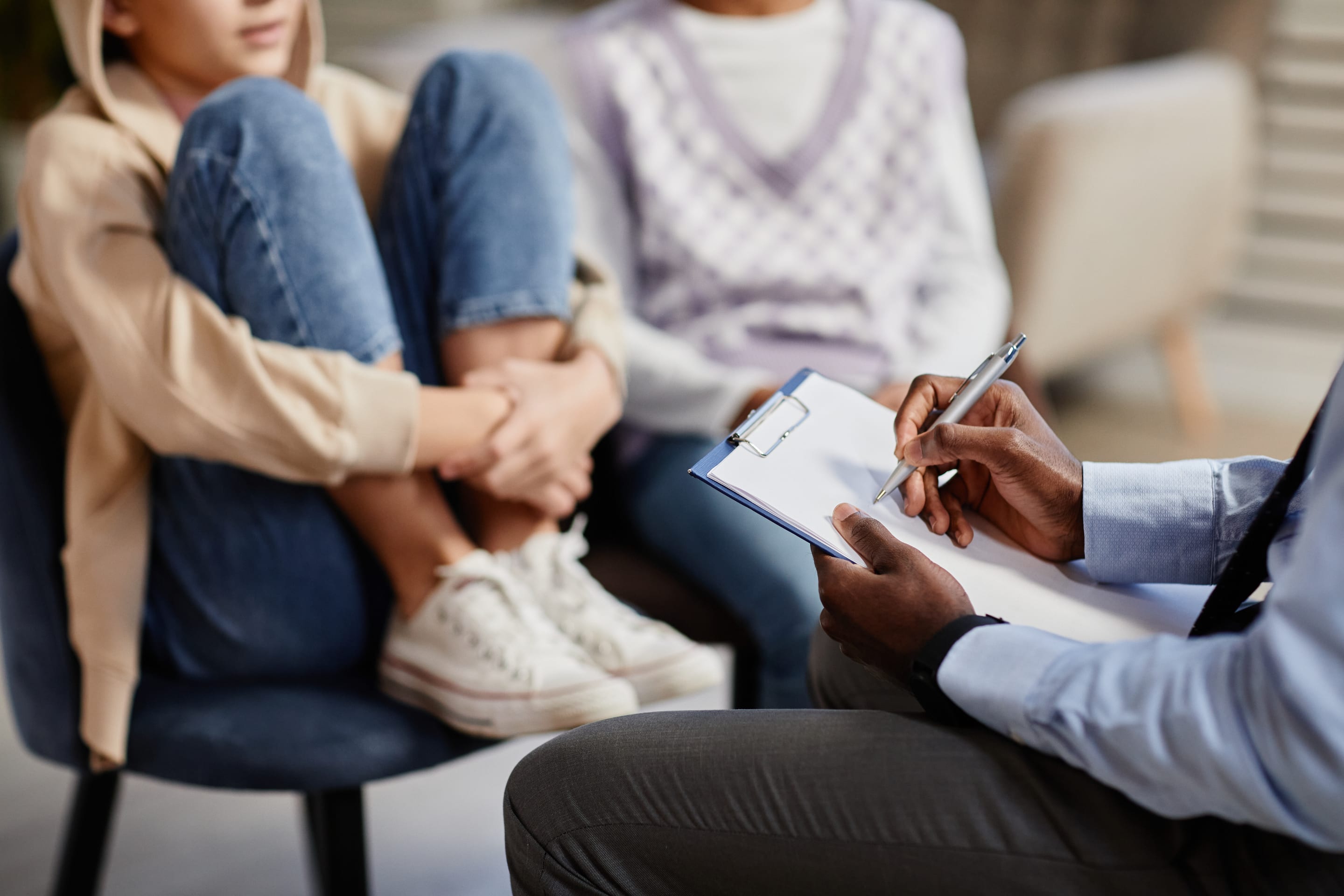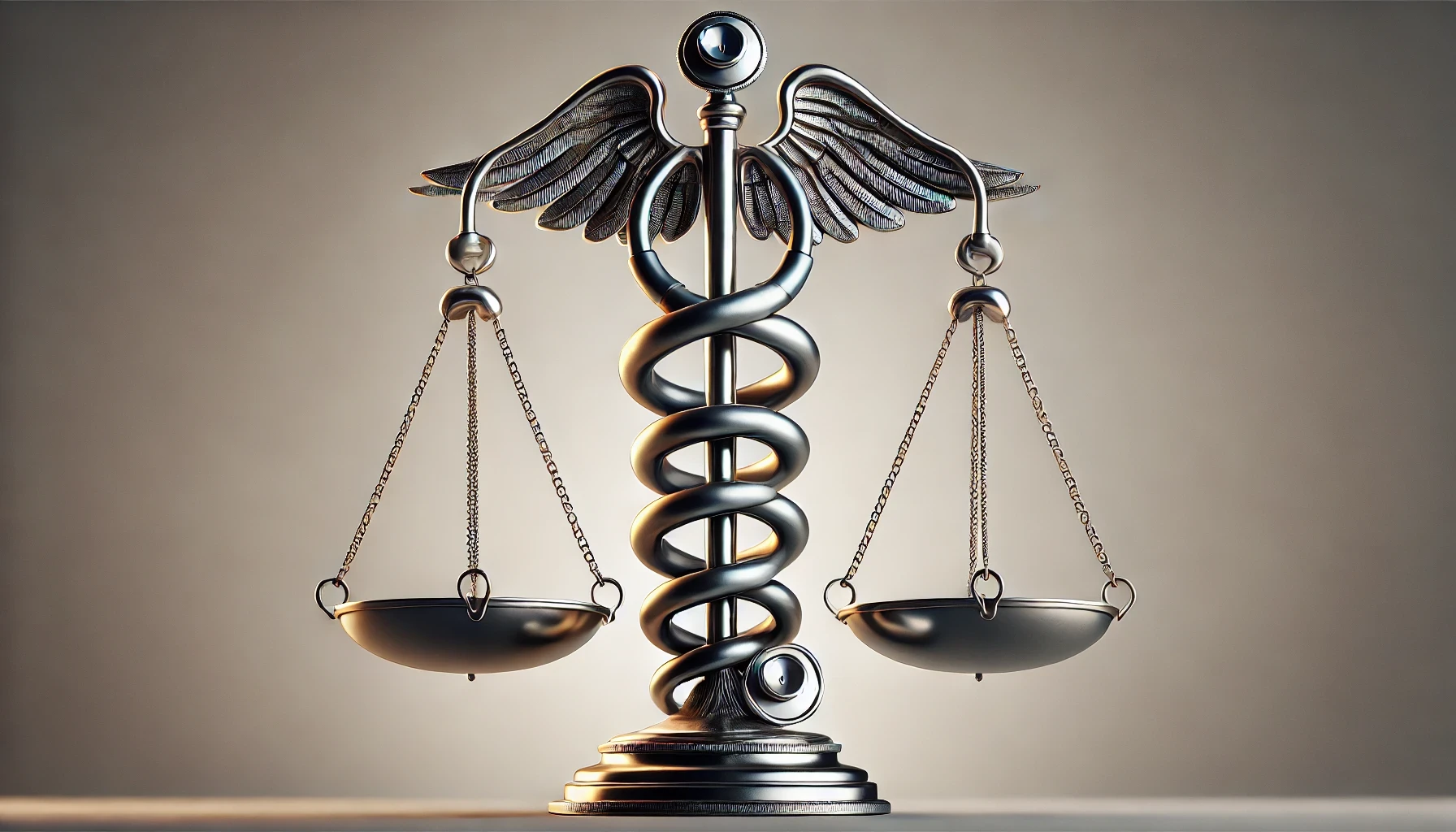Causes.com
| 5.3.22

Mental Health Disorders On the Rise Among American Teenagers
Share these resources with a teenager you know.
What’s the story?
- Mental health disorders are on the rise in American adolescents, which researchers say has been intensified by the pandemic. Last December, the U.S. surgeon general warned of a devastating mental health crisis among teens in a message that said that the challenges experienced by their generation are leading to increased reports of depression, anxiety, suicide attempts, and self-harm.
- In the last three decades, the most pressing public health threats to this cohort were drinking, drunk driving, smoking, and teenage pregnancy. Since the COVID-19 pandemic, these have been surpassed by mental health concerns.
- Mental health issues were already on the rise in the United States, as emergency room visits related to mental disorders increased by 28% between 2011 and 2015. In 2019, 13% of teens reported having major depressive episodes, a 60% increase from 2007. For ages 10 to 24, suicide rates also increased by 60% from 2007 to 2018, after they had been comparably stable from 2000 to 2007.
- Numerous hospitals and doctors have called these trends a national emergency, citing rising levels of mental illness along with shortages of therapists, treatment options, and insufficient research to explain the trend.
Explanation unclear
- As young people are more likely to become educated, less likely to get pregnant, use drugs, and have accidents or injuries, many are unsure of where the rise in mental illness stems from. This decrease in mental health has scientists wondering if these issues were unrecognized before or if they’re overdiagnosed today, and what about today’s world could be causing the uptick.
- Some attribute the crisis to social media. A study in Britain found that adolescents feel less “life satisfaction” when heavily using social media – particularly girls aged 11 to 13, boys aged 14 to 15, and all aged 19. Some suggest that social media has an indirect effect on well-being by disrupting essential activities like sleep, exercise, and in-person interactions and connections. This results in anxiety, depression, compulsive behaviors, self-harm, and suicide for some adolescents.
- Loneliness in teenagers worldwide has increased during this time as well. Experts say social media can trick teens into feeling like they are with friends while the strength of their communities is declining.
- Over the last century, the average age of puberty has dropped from around 14 to 12 years old. Experts wonder if this shift plays a role in the mental health crisis, as puberty causes the brain to become aware and sensitive to social and hierarchical information and norms, which could directly impact self-worth and identity.
- Recent studies have found that race and ethnicity play a role in mental health, on top of socioeconomic status. It has been reported that Black families face mental health issues despite wealth, education, and opportunity, compared to white families that tend to be shielded from these issues.
Moving forward
- As stigma continues to fade, health experts are thankful that this crisis is happening in a relatively accepting environment. Parents and adolescents have more knowledge on the topics and more resources to take action.
- According to John Hopkins Medicine, suicide risk factors can include a family history of mental and substance abuse issues, negative life events, familial abuse and bullying, household guns, impulsive behaviors, and exposure to others’ suicidal behaviors.
- Warning signs include changes in eating and sleeping habits, loss of interest in activities or school, neglecting personal hygiene and appearance, obsession with death and dying, complaints of physical ailments linked to emotional distress, problems focusing, lack of response to praise, giving or throwing away cherished belongings, and cheeriness after a depressive episode.
- Marie-Laure Charpignon, the author of a study highlighting the need to focus on adolescent suicide, urges caretakers to watch for negative changes in how teens are expressing themselves or communicating. Charpignon states that losing a loved one during the pandemic can also increase the risk of suicide. Concerned parents or guardians can talk to health professionals, school counselors, or their children’s teachers if they notice behavioral changes.
Here is the CDC’s breakdown on how to promote mental health in adolescents.
What schools can do:
- Creating safe and supportive environments in schools, whether in person or online, is critical to the students’ well-being. This includes linking students to mental health services, integrating social-emotional learning, training staff, supporting staff mental health, and reviewing discipline policies to ensure equity.
What parents, families, and guardians can do:
- Caretakers can communicate openly and honestly, supervise their adolescents to facilitate healthy decision-making, spend time with their adolescents enjoying shared activities, become engaged in school activities and help with homework, volunteer at school, and communicate regularly with teachers and administrators.
What healthcare professionals can do:
- Providers can ask adolescents about family relationships and school experiences, encourage positive parenting practices, engage parents in discussions about how to connect with their children, communicate effectively, and monitor activities and health behaviors. Additionally, healthcare professionals can educate parents and youth about adolescent development, health risks, and the mental health crisis that other teens are facing.
Lastly, here are some mental health resources for teens and young adults:
- Go Ask Alice: A team of health specialists ready to answer questions and concerns.
- The Jed Foundation: An online resource for college students.
- Teens Health: A safe place for teens who need honest information.
- The Youth Mental Health Project: Educating families to better youth mental health.
- National Alliance on Mental Health: Offers information on resources to help young people get help.
- The National Suicide Prevention Lifeline: Call 1-800-273-TALK (8255)
Share these resources with a teenager you know.
-Jamie Epstein
(Photo Credit: iStock.com / SeventyFour)
The Latest
-
 Changes are almost here!It's almost time for Causes bold new look—and a bigger mission. We’ve reimagined the experience to better connect people with read more...
Changes are almost here!It's almost time for Causes bold new look—and a bigger mission. We’ve reimagined the experience to better connect people with read more... -
 The Long Arc: Taking Action in Times of Change“Change does not roll in on the wheels of inevitability, but comes through continuous struggle.” Martin Luther King Jr. Today in read more... Advocacy
The Long Arc: Taking Action in Times of Change“Change does not roll in on the wheels of inevitability, but comes through continuous struggle.” Martin Luther King Jr. Today in read more... Advocacy -
 Thousands Displaced as Climate Change Fuels Wildfire Catastrophe in Los AngelesIt's been a week of unprecedented destruction in Los Angeles. So far the Palisades, Eaton and other fires have burned 35,000 read more... Environment
Thousands Displaced as Climate Change Fuels Wildfire Catastrophe in Los AngelesIt's been a week of unprecedented destruction in Los Angeles. So far the Palisades, Eaton and other fires have burned 35,000 read more... Environment -
 Puberty, Privacy, and PolicyOn December 11, the Montana Supreme Court temporarily blocked SB99 , a law that sought to ban gender-affirming care for read more... Families
Puberty, Privacy, and PolicyOn December 11, the Montana Supreme Court temporarily blocked SB99 , a law that sought to ban gender-affirming care for read more... Families
 Climate & Consumption
Climate & Consumption
 Health & Hunger
Health & Hunger
 Politics & Policy
Politics & Policy
 Safety & Security
Safety & Security
